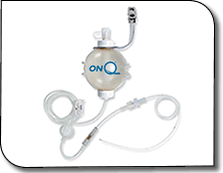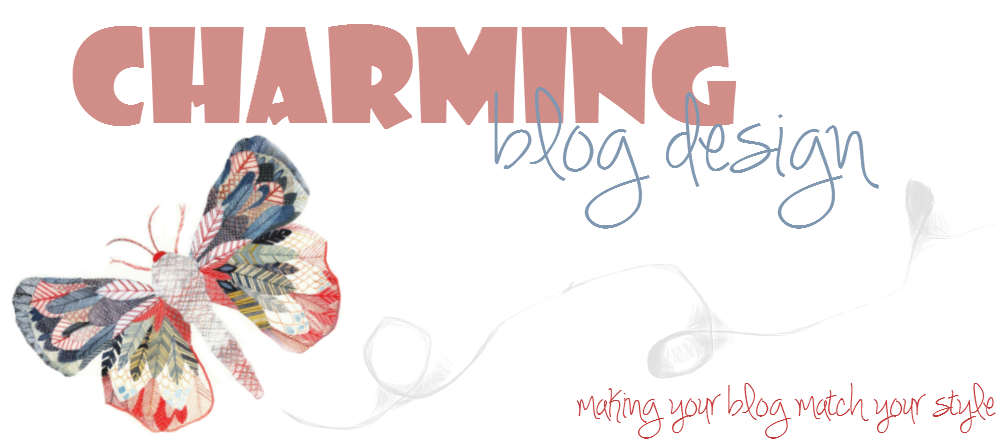 |
| Photo Credit: A.Currell via Compfight cc |
In my case, both my mom and dad have bunions as well as both of my sisters and at least one aunt. I did spend twenty years wearing high-heeled usually pointy shoes. My doctor described my bunion as moderate to severe and recommended surgery. There is nothing that can be done to reverse a bunion once it has formed other than surgically removing it and straightening the bones of the toe. This is done so the bunion does not return. The bunion on my right foot was much worse than the one on my left. It was always red and swollen at the end of the day no matter what shoes I wore or how much physical activity I engaged in. I haven’t worn high-heeled shoes in two years and have modified my exercise routine to not include anything that irritated my bunion like lunges.
I had a bunionectomy on my right foot on Tuesday. I chose this day because this is the slowest time of the year for me at work. After surgery I am not allowed to walk on my foot for at least 10 days and my doctor doesn't recommend driving. After practicing walking down lannon stone stairs to my unattached garage while on crutches I realized he was right. I would never be able to do this at least not by myself, so I’ve been home. Never in my adult life have I been house bound for ten straight days before.
Here are a few lessons I’ve learned from my surgery:
Why they recommend having someone go with you to your doctor’s appointments: Despite having mentally prepared for this surgery and thinking I was not nervous the day of, after the first nurse left my pre-surgery room I realized I had not heard a word she had said. I had to ask my husband, “What are these?” “Socks” "What am I supposed to do first?" Clearly I was more nervous than I had thought. I realized how easy it would be in those important doctor appointments to miss vital information.
They will make you pee in a cup despite insisting you are not pregnant:
Seriously! I haven’t had anything to drink in ten hours and besides I’m 51.
Blogging plays a larger role in my life than I had thought:
I’ve never had surgery while under a general anesthetic before and was curious what my first words in recovery would be. I must say I was a little surprised that they were, “How am I supposed to blog about this? I don’t remember a thing.” At the time I was genuinely annoyed. I had been looking forward to at least seeing the surgery unit and my doctor. I wanted to hear him say, “Yes good thing we are doing this, your bunion is pretty swollen today.” The last thing I remember was being wheeled out of my room. I then asked if I could keep the X-ray I’d been handed of my foot with it’s eight new pins. I was sure I could figure a way to post it onto my blog. The nurse took it from me saying, “We will keep it for you right here in your folder.” Once I got back to my room I realized that folder wasn’t coming home with me. Again I was annoyed, but decided to let it go.
The On Q pain pump is a wonderful thing:
I was given a local anesthetic via a small, high-tech balloon that automatically dispenses anesthetic slowly and continuously to my foot. A catheter was inserted into the back of my leg just above the knee and the balloon was placed into a small pouch I wore around my neck. My anesthesiologist pre-set the pump so the anesthetic would continue to dispense for three days. It was wonderful. I didn’t feel any pain after my surgery and didn’t need to take pain meds once I’d gone home. I was able to get around easily on my crutches and didn’t feel sick. I spent a blissful two days reading, sleeping and texting friends and family about how good I felt.
The On Q pain pump running out a day too early is a horrible thing:
I woke up Wednesday night to a terrible stinging pain in my foot. I began taking pain meds, which at first didn’t work then made me sick. When my anesthesiologist called to check up on me the next day he told me the pump must have dispensed too quickly. The block was supposed to last a day longer. The good news was the terrible stinging pain wasn’t coming back, so I wouldn’t need any more pain meds. My husband was easily able to remove the catheter and dispose of it in our trash.
Crutches are not as easy as they look:
I am so glad I practiced using crutches beforehand. Actually, in my pre-surgery appointment I was told if I didn’t know how to use the crutches I would be sent to crutch training before I could leave the out-patient facility. This would be charged to my insurance company at an enormous out-patient rate. I watched a couple of eHow videos on maneuvering stairs and thought I was good to go. After using crutches for five days, I have to say I can’t imagine using them if I wasn’t in decent physical condition. My balance and core strength have helped immensely, but I still managed to strain my shoulder and blister my hand. Tote bags are a necessity for transporting objects from one room to another.
Listen to your doctor:
Lastly, I want to say listen to your doctor and not the naysayers. I can’t tell you how many co-workers/gym acquaintances told me how awful this surgery and the recovery process was going to be. Today, I read on-line that there are 100 different types of bunion surgeries available, most likely resulting in 100 different type of recoveries. So far my recovery hasn’t been so bad, other than Wednesday. The week I was home with bronchitis was much worse.
Since I am so well rested I actually feel better than I normally do and am looking forward to spending the coming week working from home. Who knows it could end up being one of my most productive weeks of the year.




